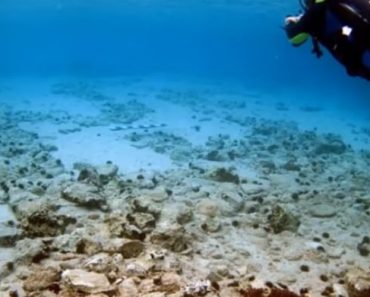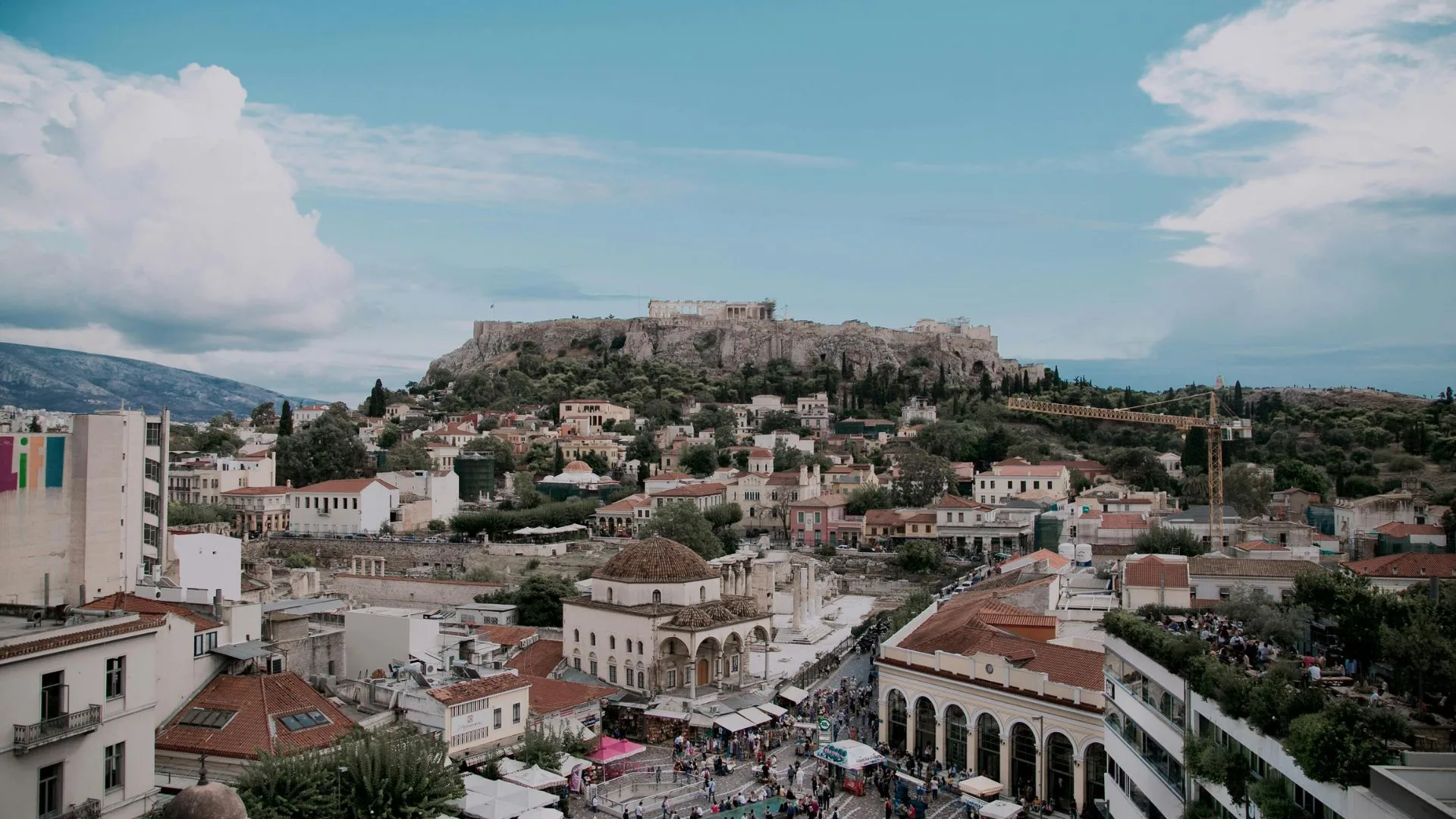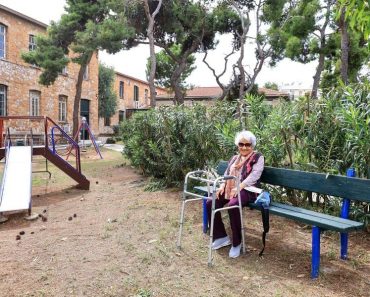
A groundbreaking study published recently in Science Advances has shed more light on the origins and evolution of the mysterious Etruscan civilization, a culture that thrived in central Italy over two millennia ago, using DNA samples.
By analyzing ancient DNA from 82 individuals across 2,000 years, researchers have traced significant genetic shifts that offer insights into the population’s history and its connections to modern Italians.
Greek and Roman scholars debate about Etruscan roots
The Etruscans were a unique civilization known for their advanced metallurgy, intricate art, and enigmatic language, which was distinct from the Indo-European languages spoken by their neighbors.
For centuries, scholars debated where the Etruscans came from. Ancient Greek historians, Herodotus and Hellanicus of Lesbos, suggested an origin in Anatolia/Aegean, while Roman historians believed they developed locally from the Bronze Age Villanovan culture.
The DNA evidence points to a predominantly local origin for the Etruscans, with significant influence from Bronze Age populations in central Europe. The study found no recent genetic links to Anatolia, challenging earlier theories of an eastern origin.

A stable genetic pool during the Iron Age
Researchers found that during the Iron Age (800 BCE to 1 BCE), the Etruscan population was relatively stable. Most individuals shared genetic traits common in central Italy, with some influences from northern Africa, the Near East, and central Europe.
These occasional outsiders did not significantly alter the overall genetic makeup of the population. This stability was remarkable given the Etruscans’ interactions with other cultures through trade and war.
Despite their cultural and linguistic differences from neighboring groups like the Latins, the Etruscans maintained their genetic distinctiveness for nearly a millennium.
Etruscan language is a unique, non-Indo-European outlier in the ancient Greco-Roman world. There are no known parent languages to Etruscan, nor are there any modern descendants, as Latin gradually replaced it, along with other Italic languages, as the Romans gradually took… pic.twitter.com/7DBEHO5j3U
— Archaeo – Histories (@archeohistories) November 18, 2024
The Roman Empire brings change in genetic makeup
The Roman Empire, which absorbed Etruria by the 1st century BCE, brought significant changes. During the Imperial period (1 CE to 500 CE), researchers observed a dramatic shift in the genetic makeup of central Italy.
About 50% of the population’s ancestry was linked to the eastern Mediterranean, reflecting the movement of people from regions like the Near East.
This shift likely resulted from the Empire’s vast network, which facilitated the movement of soldiers, slaves, and merchants. The influx of eastern Mediterranean ancestry highlights the Roman Empire’s role in reshaping the genetic landscape of Italy.
Following the fall of the Western Roman Empire in the 5th century CE, central Italy saw another wave of genetic change.
Germanic tribes, including the Longobards, migrated into the region, introducing northern European ancestry. By the Early Middle Ages (500 CE to 1000 CE), the genetic profile of central Italy began to resemble that of modern Italians.

Genetic makeup of preset-day Italians shaped by past events
The study revealed that the genetic landscape of today’s Italians was largely shaped by these historical events. Despite the cultural disappearance of the Etruscan language and traditions, their genetic legacy persisted, blending with new populations over time.
Valentina Zaro and Maria A. Spyrou, researchers at the Max Planck Institute for the Science of Human History in Germany, led this research.
Their work highlights how genetics can illuminate complex historical processes, offering a clearer picture of how ancient civilizations evolved and interacted.
This research on Etruscan origins is part of a broader effort to understand the history of human populations through ancient DNA samples. It shows how migrations, conquests, and cultural shifts left lasting marks on the genetic makeup of regions like Italy.
The findings also challenge the idea that language and culture always align with genetics, suggesting a more nuanced relationship between the two.







